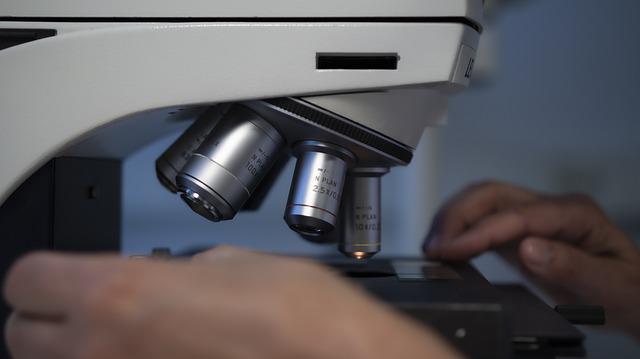The SDi Global Report Details Lab Tool Market Growth
Although the shutdown of labs worldwide due to COVID-19 slowed laboratory tool sales in 2020 and 2021, the industry appears to be back on track. The analytical instrument and lab products market is set for mid-single digit growth from 2021 to 2026, only slightly slower than the previous five-year period, according to the “SDi Global Assessment Report 2022: The Laboratory Analytical & Life Science Instrumentation Industry.” The report is published by SDi, a business intelligence firm focused on the laboratory tools industry, and the publisher of IBO. SDi is part of Science and Medicine Group, a research and advisory firm serving the life science, analytical instrument, diagnostic, healthcare, radiology and dental industries.
The report covers 83 categories of scientific technology grouped into 10 primary categories (see table below). For each category the report provides market growth rates and market shares as well as a breakdown of demand by region, end-market and lab function. Major categories of growth for the industry overall are China, pharma and biotech and applied R&D.
SDi Global Assessment Report, 2022 Technology Categories
- Atomic Spectroscopy
- Chromatography
- Lab Automation & Software
- Lab Equipment
- Life Science Instrumentation
- Mass Spectrometry
- Materials Characterization
- Molecular Spectrometry
- Sample Preparation Techniques
- Surface Science
Life Science
Life science instrumentation, and the associated aftermarket (components, consumables and service), is estimated to be the fastest growing segment between 2021 and 2026, as it was between 2016 and 2021, among the 10 main laboratory tool markets covered in the report. It is also the largest market by far, and demand will be fueled by biopharma R&D, technology innovation and consumables usage. Technology demand in this market is led by cell counters, sequencers and high-content analyzers.
It is not surprising that some of the lab tool industry’s largest companies are major players in the life science instrumentation market. They include Thermo Fisher Scientific, Illumina and Danaher. Each company is a prominent supplier of life science consumables, for both their own instruments and other vendors’ systems. Thermo Fisher and Danaher have grown by providing a broad set of life science instrument and aftermarket products, while Illumina has recorded rapid sales growth due to dominance of the next generation sequencing (NGS) market in general. However, Thermo Fisher and Illumina also have major presences in the sequencing market by supplying products for various stages of the workflow.
Mass Spectrometry
Another fast growing segment of the lab tools market is mass spectrometry (MS), which consists of eight technology subcategories. Market growth is led by quadrupole LC/MS and TOF MS technologies. Major MS market participants include SCIEX (a Danaher company), Thermo Fisher Scientific and Agilent Technologies. This is in part due to each being leading suppliers of both quadrupole and TOF MS systems. Each company’s MS sales are also stimulated by their liquid chromatography (LC) offerings as well as data analysis software, offering customers complete LC/MS solutions.
MS technology improvements are focused on speed, sensitivity and ease of use, as well as new biopharma applications, and growing adoption by applied markets have fueled market growth. Also, MS demand benefits from its importance to labs in multiple markets, ranging from biotech to food safety to environmental testing, among others. In this way, growth is stimulated by a range of factors, such as biotech and pharma investment in new drug modalities and new government regulations covering food and environmental pollution. Even so, MS systems are primarily found in pharma, CRO, biotech and academic labs.





